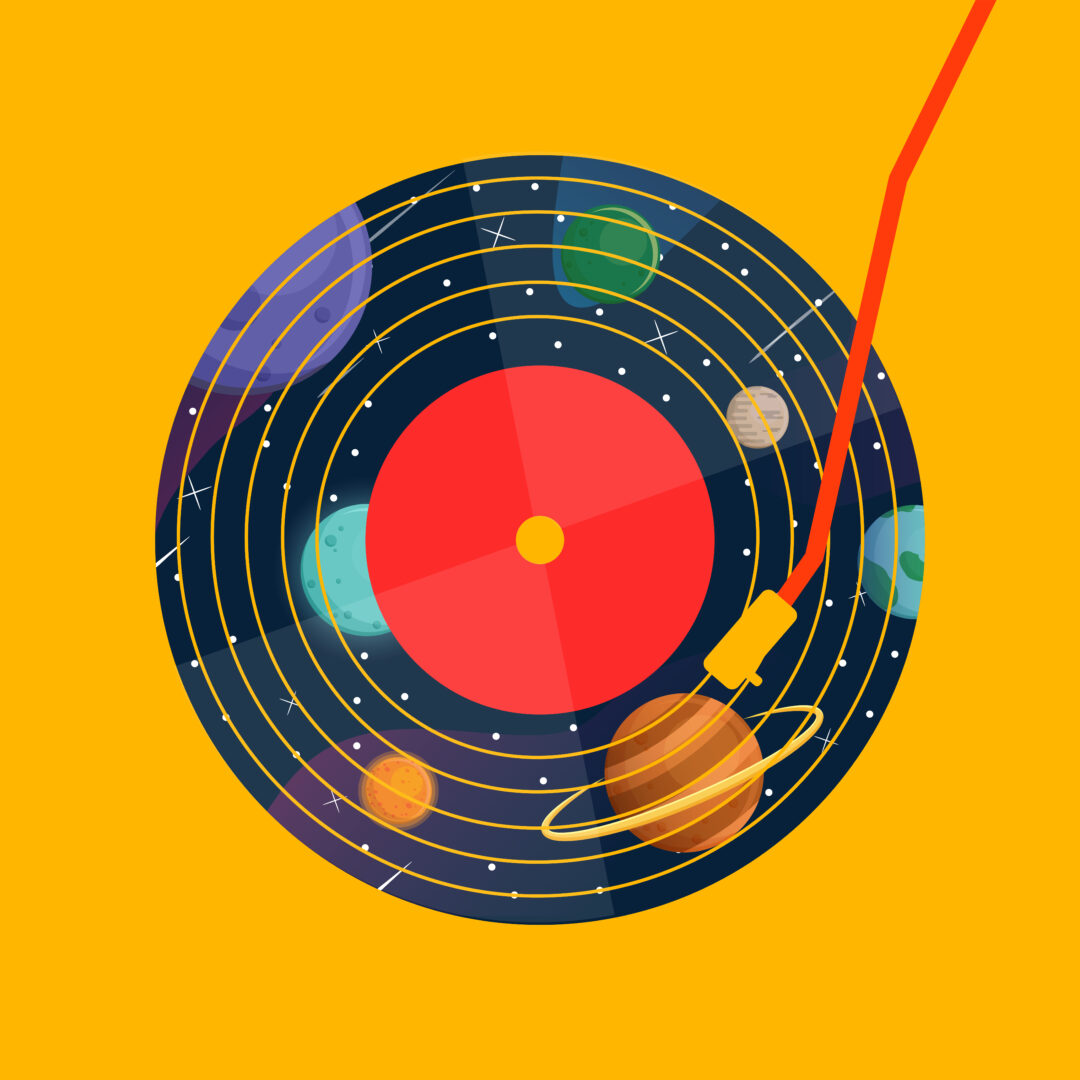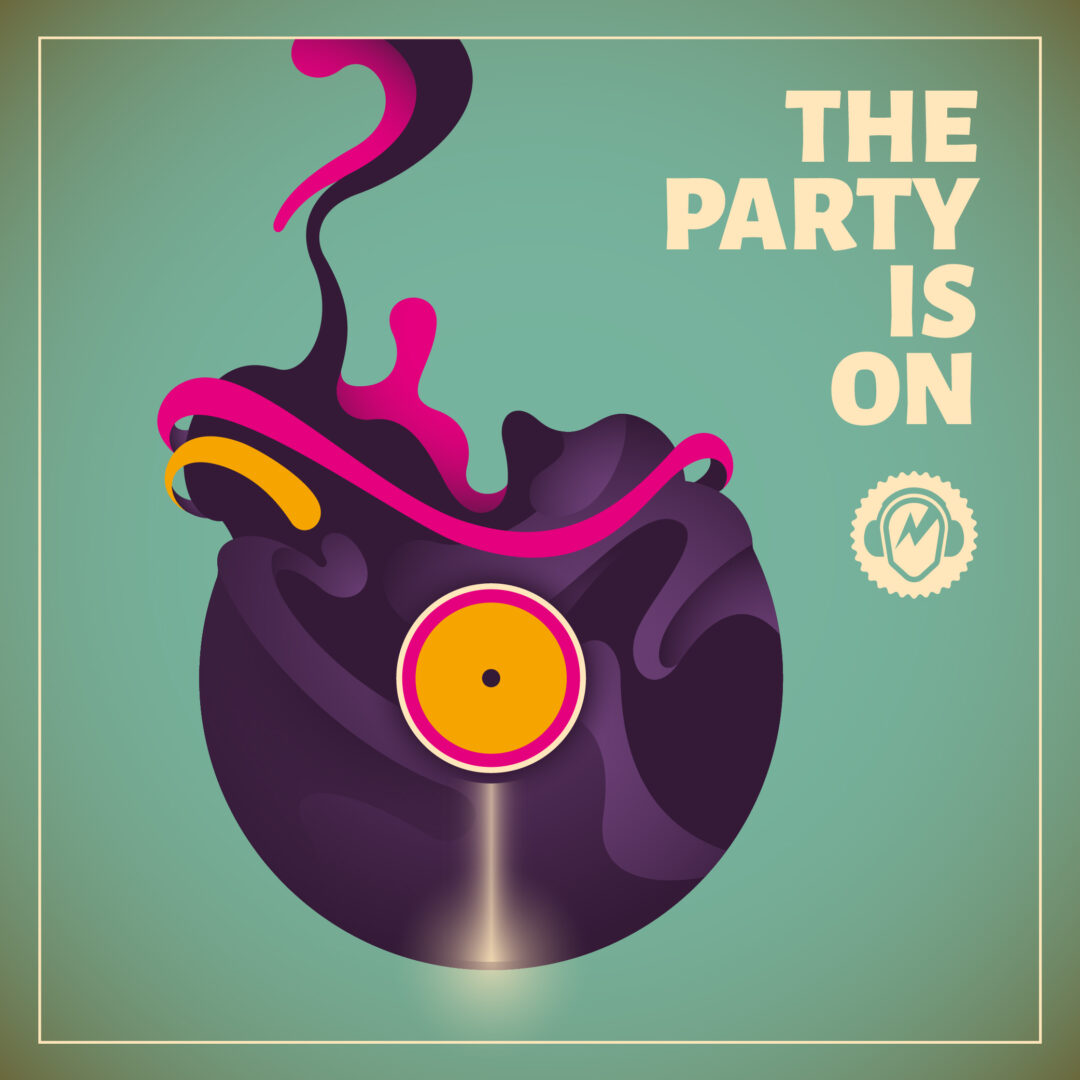-
 play_arrow
play_arrow
PUKfm
-
 play_arrow
play_arrow
London Calling Podcast Yana Bolder
-
 play_arrow
play_arrow
Summer Festival Podcast Robot Heart
-
 play_arrow
play_arrow
Electronic Trends Podcast Aaron Mills
-
 play_arrow
play_arrow
New Year Eve Podcast Robot Heart
-
 play_arrow
play_arrow
Techno Podcast Robot Heart
-
 play_arrow
play_arrow
Flower Power Festival Podcast Robot Heart
-
 play_arrow
play_arrow
Tech House Podcast Robot Heart
-
 play_arrow
play_arrow
Winter Festival Podcast Robot Heart
FROM SAMHAIN TO SWEETS: THE ANCIENT ORIGINS OF HALLOWEEN

Mhlengi Khumalo
@into.mbiyakwakhumalo
The air is getting colder, the pumpkins are carved, and the spooky season is about to reach its peak. As you plan your final costume or finalise your candy bowl, have you ever wondered where these bizarre traditions come from? Why do people dress up as ghosts and carve vegetables? The history of Halloween is a fascinating journey, stretching back over 2,000 years. Here is a full background of our spookiest holiday, plus our top movie picks to get you in the spirit for All Hallows’ Day.
What we know as a night of candy and costumes began as an ancient Celtic festival known as Samhain (pronounced “SAH-win”). It marked the end of summer and the harvest and the beginning of the dark and cold winter – a time of the year often associated with death. The Celts, who lived over 2,000 years ago in the area now known as Ireland, the United Kingdom, and northern France, celebrated their new year on 1 November. They believed that on the night before the new year, 31 October, the boundary between the worlds of the living and the dead became blurred. On this night, they celebrated Samhain, believing that ghosts of the dead returned to earth. To mark the occasion, Druids (Celtic priests) built huge sacred bonfires. People would gather to burn crops and animals as sacrifices to the Celtic deities and wore costumes, typically consisting of animal heads and skins, to ward off or blend in with evil spirits.
By 43 A.D., the Roman Empire had conquered most of the Celtic territory. Over the centuries, two Roman festivals were combined with the traditional Celtic celebration of Samhain:
• Feralia: A day in late October when Romans would traditionally commemorate the passing of the dead.
• Pomona: A day to honour Pomona, the Roman goddess of fruit and trees, whose symbol is the apple. This has likely led to the tradition of bobbing for apples.
In the 8th century, Pope Gregory III designated 1 November as a time to honour all saints. This new holiday was called All Saints’ Day (or All Hallows’ Day). The evening before it, the traditional night of Samhain, began to be called All Hallows’ Eve, which eventually shortened to Halloween.
The first major wave of Irish and Scottish immigrants in the 19th century brought their versions of the holiday to America, where its traditions took on a new life:
• Jack-o’-lanterns: This tradition comes from an Irish folktale about a man nicknamed “Stingy Jack,” who tricked the Devil. He was sentenced to roam the earth for eternity with only a burning coal inside a carved-out turnip to light his way. People in Ireland and Scotland carved scary faces into turnips or potatoes to frighten away evil spirits. When immigrants came to America, they found that native pumpkins were much larger and easier to carve, and the modern Jack-o’-lantern was born.
• Trick-or-treating: This practice likely stems from the Celtic tradition of leaving food out to appease restless spirits. It later merged with the medieval English practice of “souling,” where poor people would visit homes on All Souls’ Day (2 November) and receive pastries called “soul cakes” in return for promising to pray for the family’s dead relatives.
By the late 1800s, Halloween in America began to shift from superstitious ritual to a community celebration. By the 1920s and 1930s, it became a more secular holiday with town-wide parties and parades. After a period when vandalism became a problem, community leaders in the 1950s successfully shifted the holiday’s focus to a younger audience. They revived trick-or-treating as a family-friendly activity, and candy companies capitalised on the trend, cementing Halloween as the beloved, commercialised holiday we know today.
Now that you know the history, it’s time to celebrate the present. No Halloween night is complete without the perfect spooky movie. Whether you’re in the mood for pure terror, a haunted laugh, or fun for the whole family, we have you covered:
• A Nightmare on Elm Street (1984): Introduced Freddy Krueger, the killer who haunts your dreams. A classic of 80s supernatural horror.
• Scream (1996): Revitalised the slasher genre in the 90s with its clever, self-aware script that both celebrates and satirises horror movie tropes.
• Ghostbusters (1984): The perfect blend of supernatural adventure, witty comedy, and memorable ghosts. An all-time classic.
• What We Do in the Shadows (2014): A mockumentary that follows the nightly lives of four vampire roommates in New Zealand. It’s incredibly funny and charming.
• Hocus Pocus (1993): The quintessential family Halloween movie about three witches resurrected in modern-day Salem.
• The Addams Family (1991): A perfectly dark and witty film about the creepy, kooky, mysterious, and spooky family.
Whether you’re out partying or curled up on the couch with a horror classic, you’re taking part in a tradition that is thousands of years old. Have a safe, spooky, and happy Halloween!

Edited by Simoné de Witt
Written by: Wapad











Post comments (0)